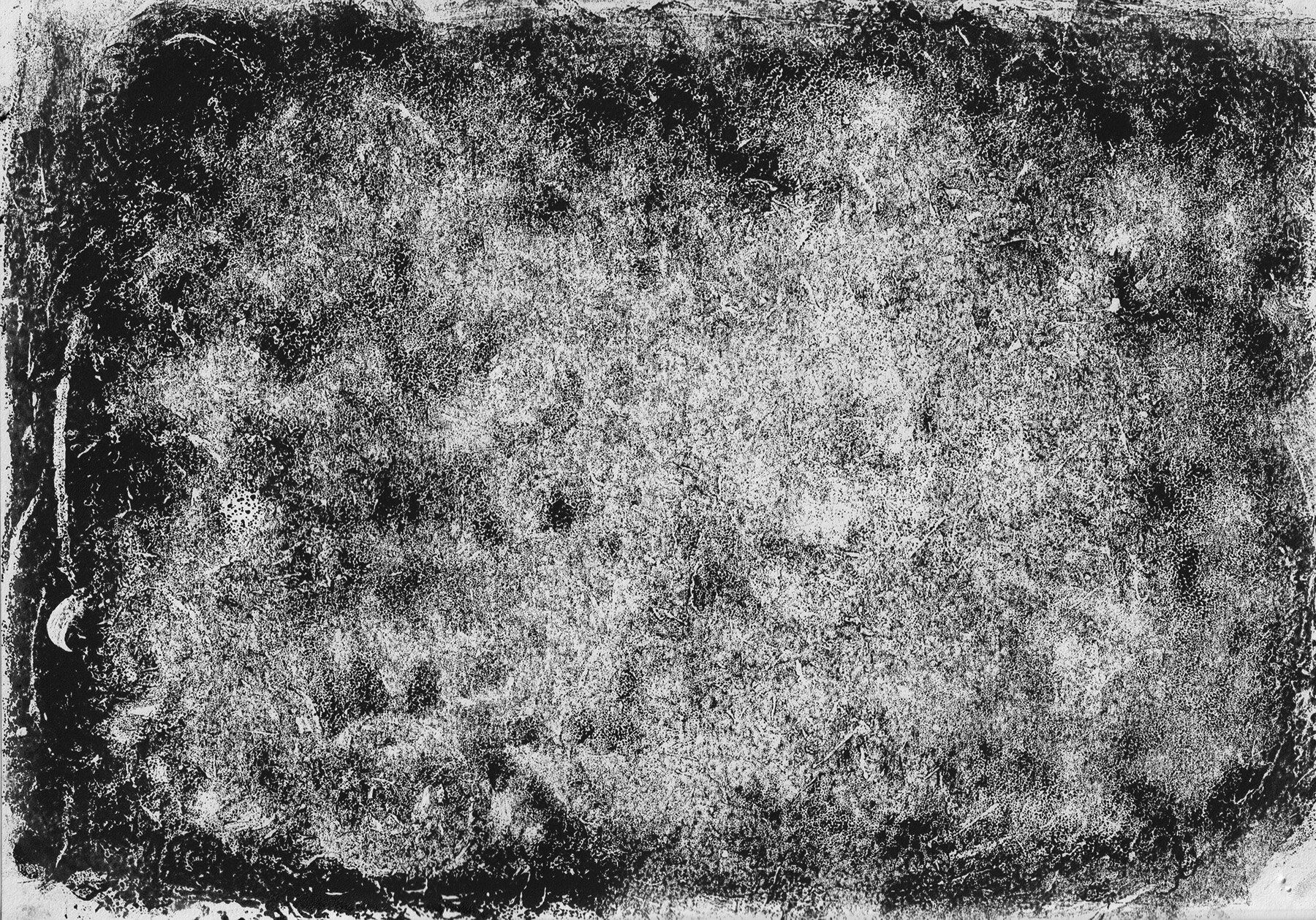A series of illustrations I created for my MA Illustration final project, Landscapes of the Mind: Agency and Control, explores the manifestation of patriarchal control within the mind, body and soul of a woman who is trying to reclaim her sense of self by navigating the ever-changing landscape of her inner world. It seeks to depict our interiority as a site of transformation and healing, tampered with by patriarchal violence and control. I imagine vast landscapes within us- fluid, non-linear- colonized by outer, hetero-patriarchal, capitalist time. I imagine them as possibilities: spaces where our true voice rises, where our capacities to feel and remember our traumas, to love others and ourselves, to project our voices loudly against oppressive systems are vital, and it is from these capacities that the central figure in this series is separated. I am indebted to Audre Lorde, Gloria Anzaldua, bell hooks, Angela Davis, Fahmida Riaz and Adrienne Rich, to my mother, my sisters, my dearest friends, whose work and efforts have been constant companions in the development of my work, voice and feminist imaginings, and whose thoughts and words I’ve turned to often. These illustrations are stories about a character I created years ago: Firdous. While she navigates her inner world she traverses places, lands, selves, ideas, that take her further within, closer to her power. To reflect this tumult and the fabric of that diaphanous inner realm, I have used ink textures, collage, graphite rendering and digital drawing. Firdous walks on, between oppression and expression, towards an agency on her terms.
The narrative exists in pieces; it is filled with intervals and silences.
“When we tell a story we exercise control, but in such a way as to leave a gap, an opening. It is a version, but never the final one. And perhaps we hope that the silences will be heard by someone else, and the story can continue, can be retold. When we write we offer the silence as much as the story. Words are the part of silence that can be spoken.” - Jeanette Winterson
What it aims to do is to capture fragments of Firdous’s journey, allowing the viewer to interpret how the narrative begins or ends, pointing to how reclaiming one’s individual autonomy is neither necessarily a linear nor a swift process, and can look different for different people. Each illustration can be viewed as a beginning or an end, or a portal to a possible end.
MA Illustration thesis
University of the Arts London: Camberwell College of Arts.
Assertion
Mixed Media
16.4 x 23.4 in.




Gaze
Mixed Media
16.5 x 23.4 in.






Illumination
Mixed Media
16.5 x 23.4 in.




Emergence
Mixed Media
11.7 x 16.5 in.


Resolve
Mixed Media
16.5 x 23.4 in.






Techniques and Methods of Making
The process involved constant experimentation with different media, and a careful reflection of what technique would best suit the subject matter. I wanted to incorporate texture into my work, and for the process to use layering and a sort of piecing together of different elements to make something whole. The idea was to communicate the complexity of our inner worlds, to show chaos and harmony and the inherent multiplicity of our memories and emotions. Using mono-printing techniques a library of textures was first made (a selection of those textures is shown below) which were then overlapped in different arrangements to visualise different compositions. This part of the process was similar to automatic drawing, a deliberate attempt to limit conscious control.
Some of the guiding keywords for this project were hope and hopelessness, agency and control, calm and chaos- all contradictions, all binaries. This juxtaposition was realised through the elements that were in the illustrations- the monolith that represented control, violence, intrusion, force; it was a foreign force that had colonised the mind, and therefore needed to have a visual language of its own that would communicate its gradual pervasiveness. The medium and techniques were used in a way to express these two different sides, with the graphite and charcoal rendering forming the now uprooted parts of her mind that had once been untouched by this violence, and the ink textures forming the parts of the mind that represented the monolith and its influence. The latter was minimised as the series/narrative reached its close, and a gentler visual language was adopted to communicate the ideas of connectedness, healing and love.
Sketchbook Pages
A rough study of a portion of one of John Martin's paintings
A rough study of one of John Martin's paintings
I dedicate this project to the women I’ve thought constantly about while making these illustrations, whose voices came together to form a gleaming reservoir from which arose images and visions I was able to put together and give shape to: my mother, Zoya, Saba, Aimen, Khansa, Rasti, Zahra.
And to the women who have inspired me, often unknowingly, by sharing their wisdom and intelligence, thoughts and ideas: Fatima, Maarya, Zoha, Bushra (and all of the above).
And finally, I dedicate this project to all my selves; I owed it to them.



























